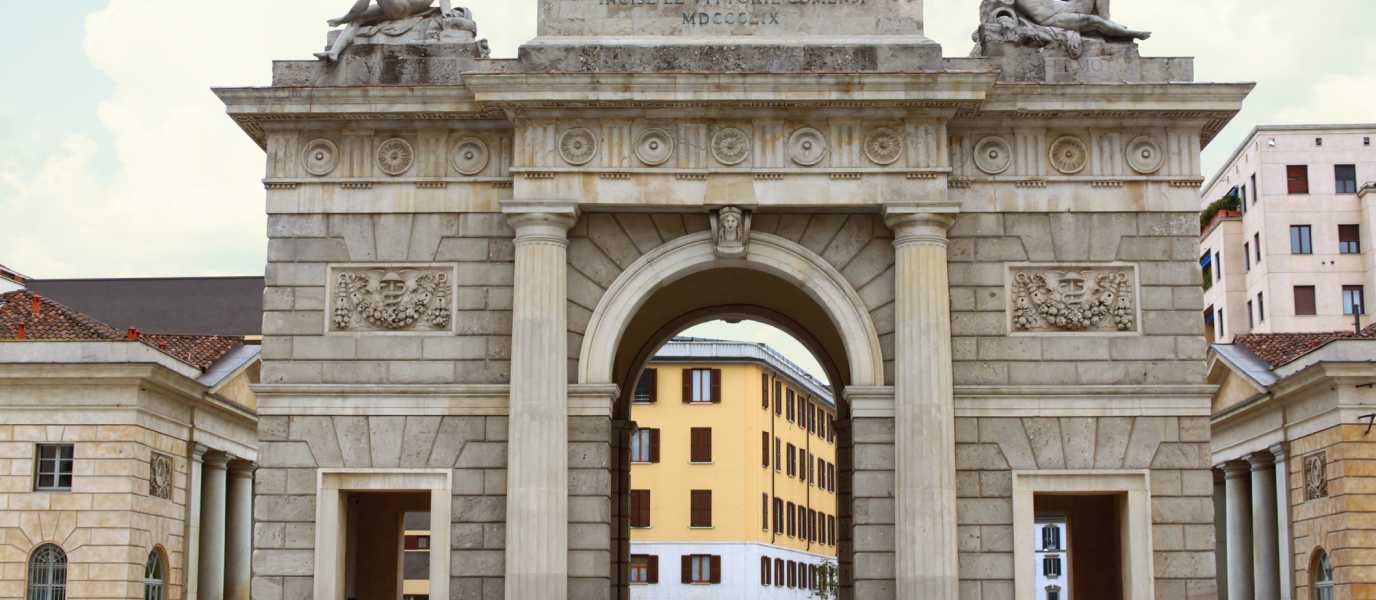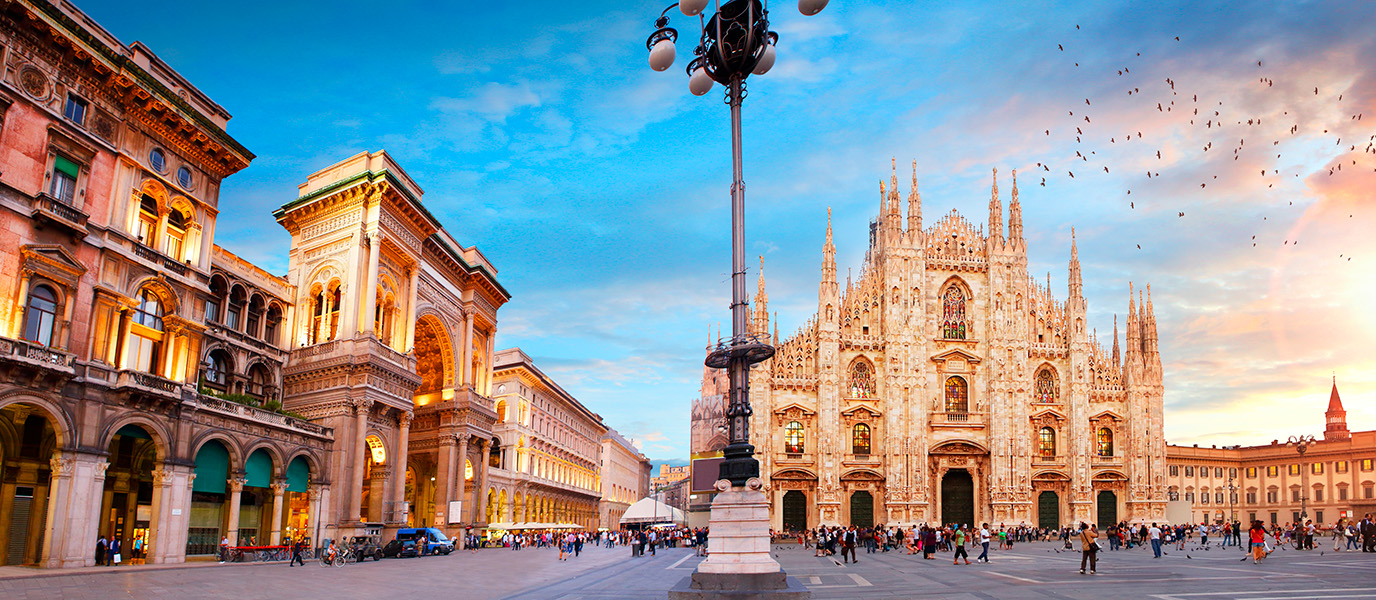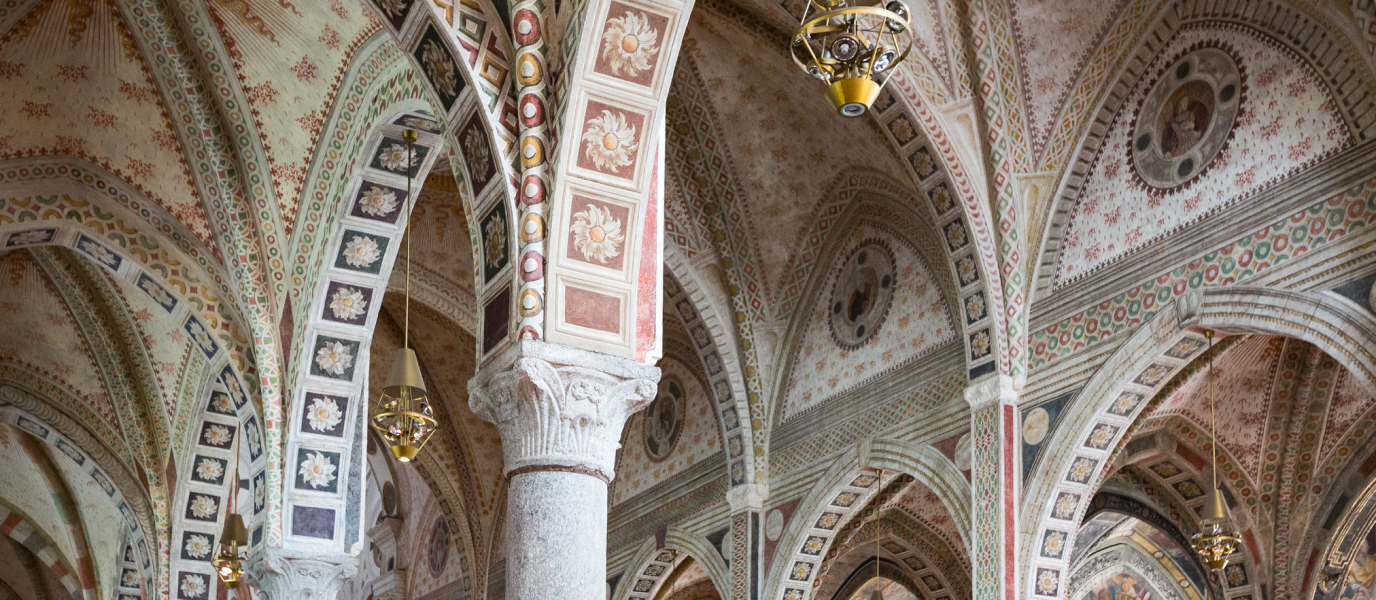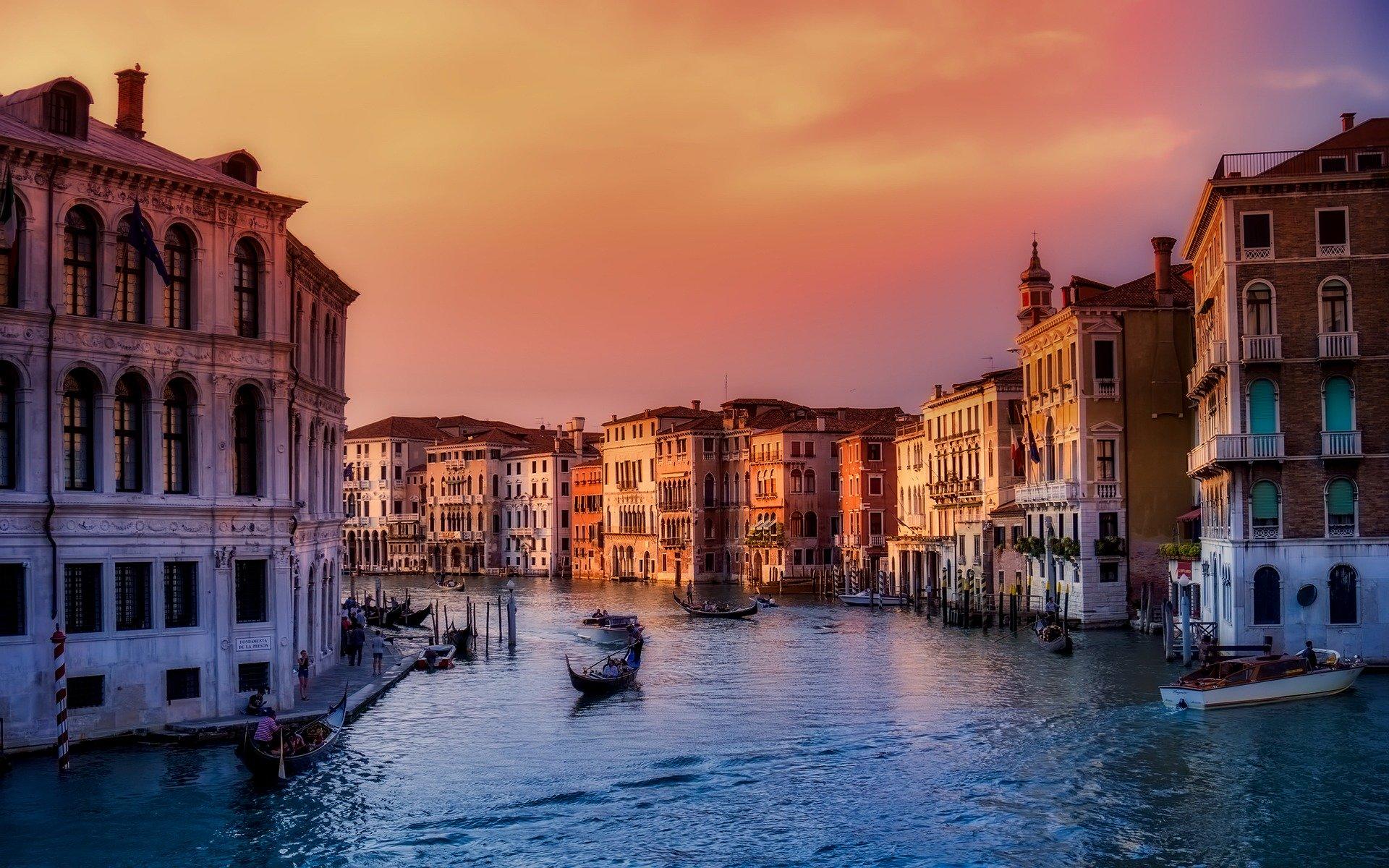Described as “an open-air museum”, Milan’s Monumental Cemetery has been the burial place of the most remarkable people from Milanese society since 1866. What makes it special, and one of the six most beautiful cemeteries in Italy, is the artistic standards of its monuments. Each mausoleum has to be approved and, if necessary, modified by a special committee before it is built.
As a result, this cemetery creates an atmosphere of its own, designed to surprise those who come here. In this cemetery in Milan, angels emerge from the vegetation by the rocks, as well as reproductions of Trajan’s Column or The Last Supper, with each apostle sculpted in bronze. But there are also mourning figures, Templar monks, women embracing the marble tombs, and monuments in the darkest neo-gothic style, with skulls and spectral figures.
The Monumental Cemetery seems to have been created for contemplation and visits, which isn’t often the case. However, this doesn’t make it a theme park, far from it. Quite a few works were created by renowned artists and many of them are solemn or tragic. But it’s also true that there are other more curious creations, such as obelisks and even a pyramid. Nevertheless, the general atmosphere is that of a solemn place, and the visit may even move you, especially if the weather and darkness conditions are favourable.
The Turbulent Past of Milan’s Monumental Cemetery
The eventful history of the construction of Milan’s Monumental Cemetery spans more than two decades, involving different architects and projects, revolutions, and processes of Independence. It was in 1837 when the idea of replacing several cemeteries scattered around Milan that were in poor condition with a colossal necropolis was first proposed. At that time, Milan and the region of which it is the capital, Lombardy, were under the rule of the Austro-Hungarian Empire.
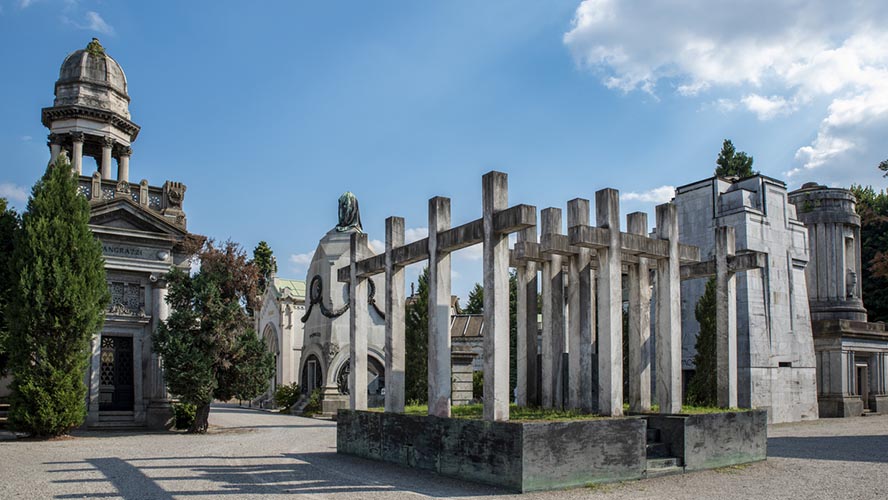
In 1848, after several changes in the plans and just as construction work was about to start, the revolution of the Five Days of Milan began. During these five days, militiamen and the population, who were in favour of the unification of Italy, started an armed rebellion against the Austrian garrison in the city. Marshal Radetzky retreated, who is well known thanks to Strauss, who dedicated the famous march of the Vienna New Year’s Concert to him. This concert, broadcast today in Spain and worldwide, was a tribute by the Austrian composer to the marshal for his actions in that period of instability for the Austro-Hungarian Empire.
15 years later and after some planning, in 1863, a tender was finally announced for the construction of the long-awaited Monumental Cemetery in Milan. The architect Carlo Maciachini was awarded the honour and it was finally inaugurated on 1 November 1866 (All Saints’ Day) by Monsignor Giuseppe Calvi and the Mayor of Milan. On the same day, the composer Gustavo Noseda, who was about to premiere his last opera at La Scala in Milan, became the first illustrious person to be laid to rest within the walls of the Famedio.
The Famedio: the Hall of Fame of Milan’s Monumental Cemetery
The Famedio, or “Temple of Fame” of Milan’s Monumental Cemetery, is the last resting place for the city’s most illustrious people. It’s an elevated church built in brick and marble in the neo-gothic style. It’s a romantic reworking of the churches built almost a thousand years ago, decorated with gargoyles, stained glass windows, and pointed pinnacles. And it’s here that we find the celebrities who the cemetery is proud to have as guests, either through birth or because of what they did during their lives. The interior of the cemetery is impressive, with crystals that colour the space with light and beautiful polychrome walls.
The famous composer Giuseppe Verdi was buried there, before being transferred to the Casa di riposo per mucisisti (the resting place for musicians). The marble tomb of the writer, poet, and playwright Alessandro Manzoni can still be found in a prominent place. Apart from being a central figure in 19th century Europe, Manzoni was also a champion of the struggle for Italian unification and a senator of the Kingdom of Italy.
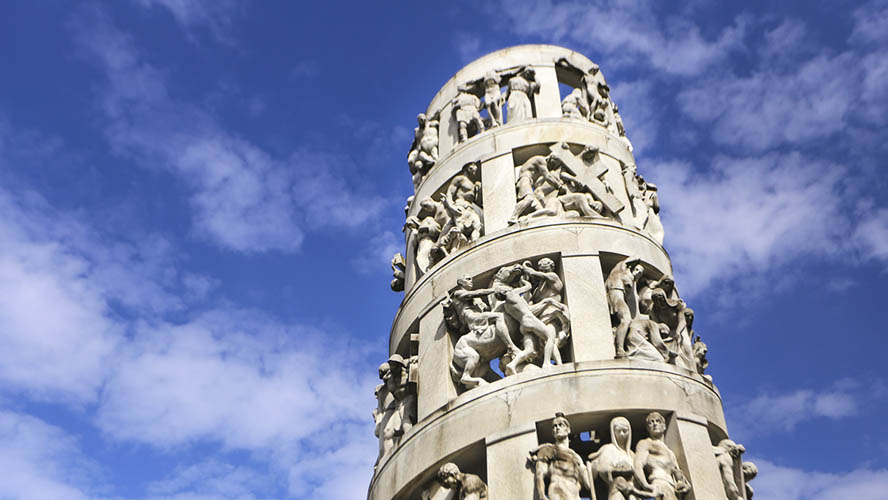
To mention one last example of the most famous people who can be found at the Famedio, the Nobel Prize winner for Literature Salvatore Quasimodo, poet and translator, is buried here. Artists, poets, sculptors, and musicians can mainly be found here. But there are also engineers, doctors, families of the gentry, politicians and businessmen, founders of universities, and heroes of the country.
Milan’s Monumental Cemetery has several entrances. Two of them lead to the Jewish and non-Catholic sections. Here we can also find some very beautiful works of art, which are generally more restrained than in the rest of the cemetery. Perhaps one of the most evocative ones is in the Jewish section of the cemetery. It’s a cenotaph, a memorial to those who should be buried at these sacred grounds but who, unfortunately, weren’t laid to rest here. They’re the 800 Milanese citizens, classified as Jews, who were deported to the concentration camps of Nazi Germany.
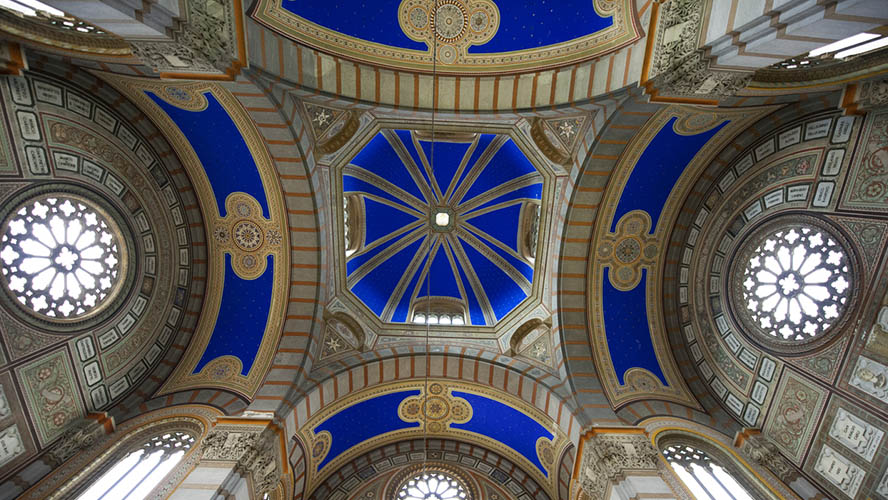
Milan’s Monumental Cemetery for some time had a change in purpose and was dedicated to sheltering the living in order to protect them from death. During the heavy bombings of World War II and while the city was still resisting the advance of the American forces, it was used by the Milanese themselves to hide from the bombs in its crypts and mausoleums.
Useful information:
Admission: free
Opening hours: The Monumental Cemetery is open from Tuesday to Sunday, from 8 a.m. to 6 p.m.
How to get to Milan’s Monumental Cemetery
- By bus. Line 37, Monumentale stop. Line 70, Farini stop. Line 94, Porta Volta stop.
- By metro: The exit of the Monumentale stop is located at the Cemetery gates.
Useful links:
https://www.milan.org.es/cementerio-monumental-milan
https://www.milanturismo.com/cementerio-monumental/





























































